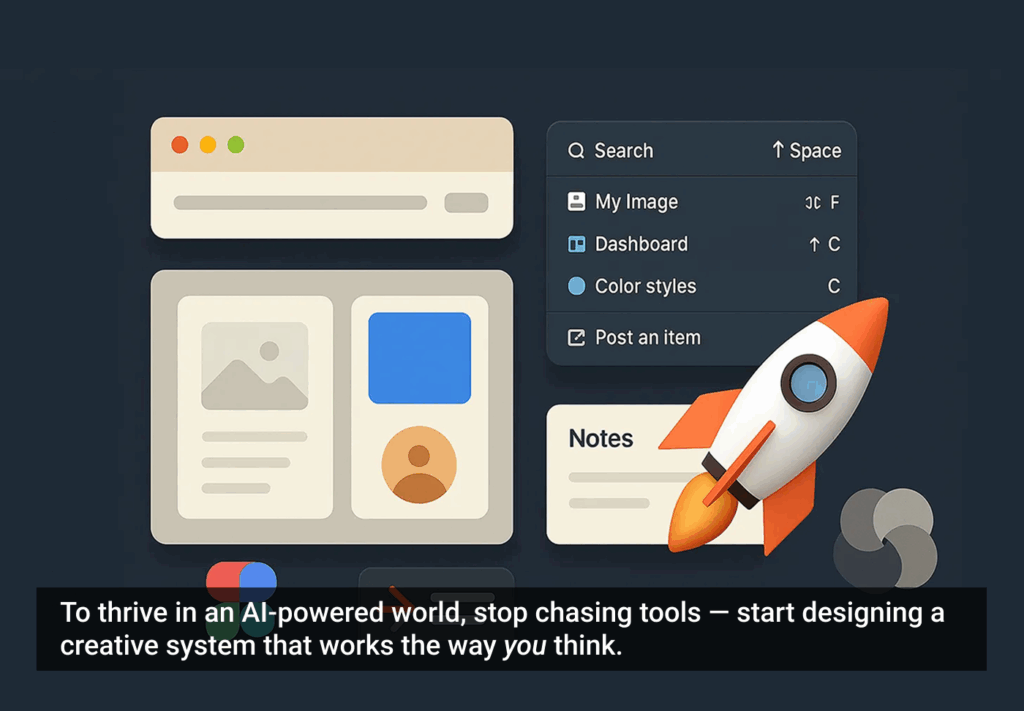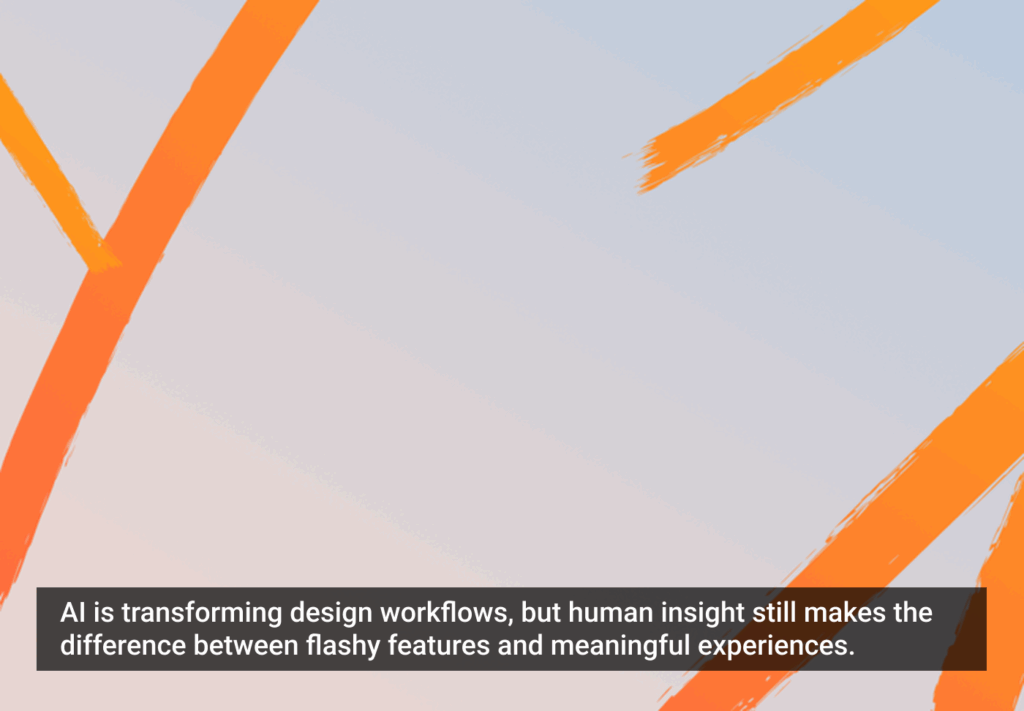There’s a timeless appeal to creating something great out of simple pieces.
Minecraft players will frequently create truly remarkable scenes using just with the basic LEGO-like tools of the game. At the other end of the spectrum, a photo-realistic cityscape can be made with Element 3D, a plugin for the popular motion graphics program After Effects, within a span of a few minutes. It’s technically impressive and, if handled correctly, it can pass for actual footage shot from a helicopter. On the other hand, it lacks the character and personality of a real shot.
Creating a much more rudimentary scene block-by-block in Minecraft can take years. Looking at it, one can appreciate the attention to detail, the craftsmanship, and the passion that went into making such a piece.
For some designers, the appeal of using limited tools comes from the very challenge those limitations present. For others, it’s more about nostalgia. In the early days of video games, character sprites were made of a few dozen blocky pixels. They were basic and almost featureless, but had charm and originality. But there’s a deeper allure to chunky pixels.
The kids who grew up in beginning of that era are approaching 40, and video gaming has become a widespread cultural phenomenon that spans generations. The work once considered crude and utilitarian is now regarded as an art form in its own right. The Flint Institute of Arts (located in Flint, Mich.) displayed the exhibit “The Art of Video Games” early this year, which “sheds light on the prevalent and increasing nature of [the video game] medium within modern society.”
Digital art took decades to get to the point where artists could make anything they could imagine. Photorealism is within reach of most artists in the field. However, the minimalist appeal of a simple block- or pixel-based piece still captures the imagination and can convey information in surprising ways. New video games are being released in classic pixel-based style for these very reasons.
Posters and t-shirts with pixel designs are considered retro cool, and as icons are coming to replace textual menu items on the limited real estate of mobile screens it’s worth considering how this affinity for simple graphic representations of the objects in our world might affect web and app design.
The principles of pixel art design encourage more iconic, simple graphic elements that get a point across without being overly worried about the minutiae. It’s about displaying information as simply and efficiently as possible. Newer and flashier graphics aren’t always better.
But be careful—simplicity and clarity don’t always mean the same thing. It may be stylish to have an interface made up of sleek, unobtrusive icons without text, but it could come at the expense of user frustration if they ever select the wrong one. Apps suffer from this design flaw frequently.
Take inspiration from the past, but don’t forget all of the lessons that we’ve learned since then
Pixel art is an aesthetic, and shouldn’t stand in the way of usability. It’s okay to bend the rules of retro design to modernize functionality. Take inspiration from the past, but don’t forget all of the lessons that we’ve learned since then.
Despite its humble origins, pixel art has evolved into a respected niche. The art of video games has become part of Western culture, and will continue to influence mainstream art and design for years to come. As experience designers continue to look for familiar and efficient ways to convey information to users, pixel art might also have a bright future in experience design as well.
Image courtesy Colonial Puppet







